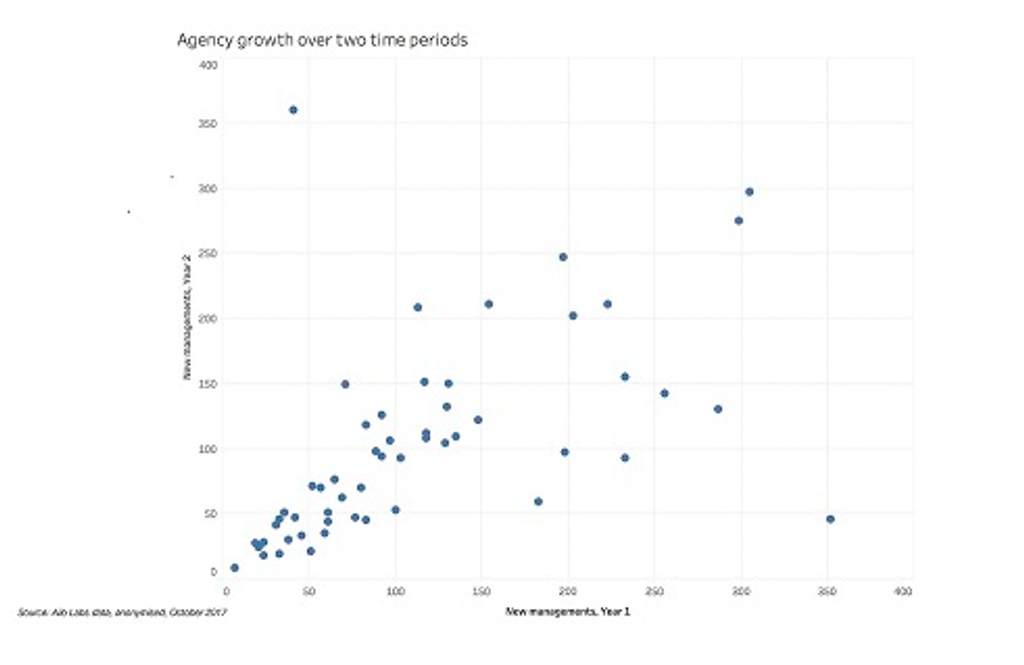Myth #2: Low fees drive growth
Ben White
07 February 2019

It’s generally accepted fees are declining across most of the industry. This has been talked about for years and now we have the data to confirm it’s broadly true.
It’s also generally accepted the decline in fees is driven by competition and investors are price sensitive, which fuels the continuing decline.
But what if this isn’t true? What if declining fees aren’t caused by investors being price sensitive but rather because we’re reducing the standard of services we offer relative to our clients’ expectations?
If we can prove this, we will bust one of the biggest myths that dominate the thinking around fees and revenue.
To bust this myth we looked at a number of different elements.
First, we studied a range of businesses over a two-year period to determine how much they grew in the first and second year. We wanted to find businesses that grew more than average in both years. We called these “winners.” We looked at businesses that grew less than the average in both years, and called these the “losers.” We called those businesses that went from low growth in the first year to high growth in the second year “climbers” and those that did the reverse “fallers.”
The graph below shows how each business grew across the two years, with each dot being a different business.
Fees are, therefore, not a primary driver of growth. And, if you step back and think about it, it makes sense.
As an industry, we find it hard to define the value we create for our clients, and have struggled to explain value and to experiment with new ways to serve our clients. As a result, we have retreated into discussions on fees because we don’t know how to talk about value.
There are local issues that relate to average rent, local market dynamics, team dynamics and so on, and we will share more about those in other posts. Spoiler alert - the single biggest predictor of growth is client retention, not your business development team structure, and so unless you consider service offerings, value creation and team culture part of your growth strategy, you are missing the big picture.



